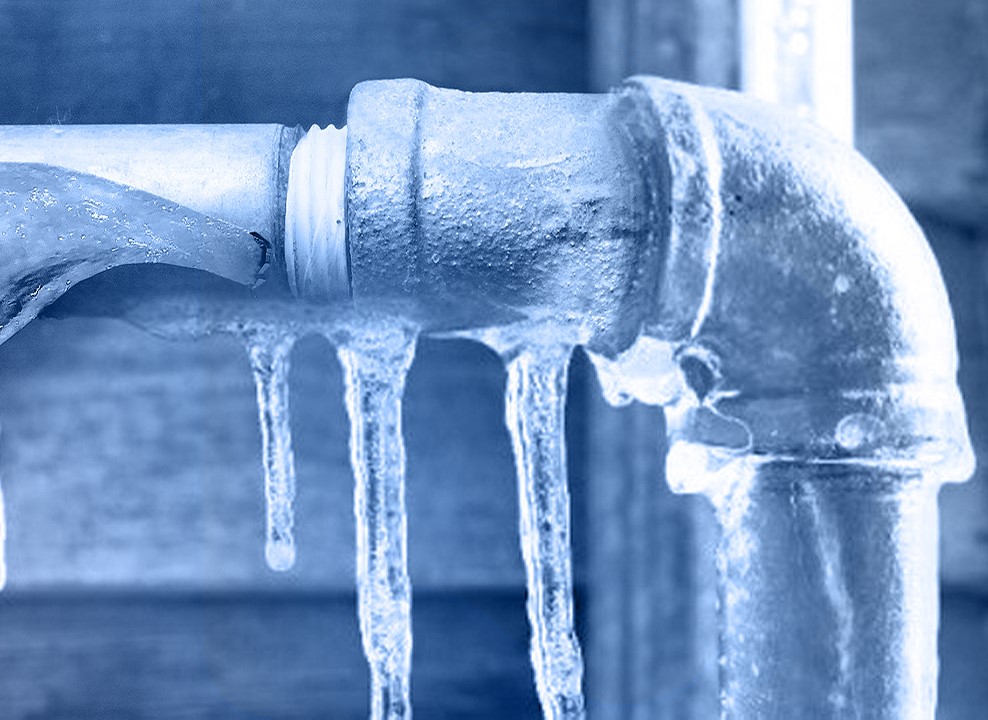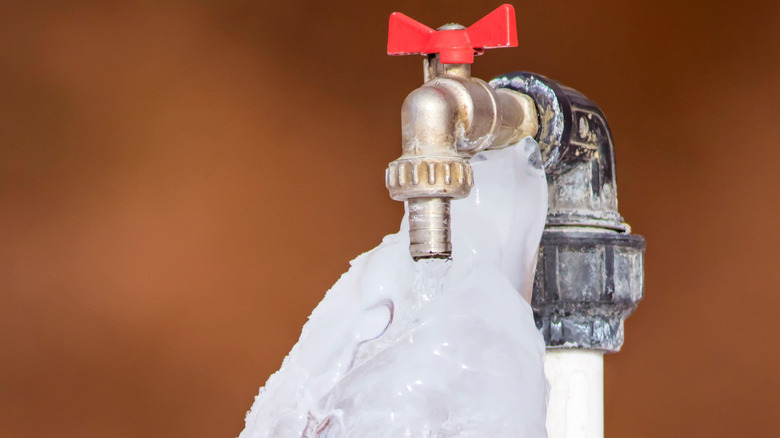Crucial Advice to Avoid Frozen Pipes in Winter: Specialist Guidance
Crucial Advice to Avoid Frozen Pipes in Winter: Specialist Guidance
Blog Article
The writer is making several good points about Prevent Frozen Pipes in general in this great article further down.

Cold weather can wreak havoc on your plumbing, particularly by freezing pipelines. Here's just how to stop it from happening and what to do if it does.
Introduction
As temperatures drop, the risk of icy pipes boosts, potentially resulting in costly fixings and water damages. Recognizing exactly how to prevent icy pipes is important for homeowners in cool climates.
Recognizing Icy Pipes
What triggers pipes to ice up?
Pipelines freeze when revealed to temperatures listed below 32 ° F (0 ° C) for extended durations. As water inside the pipelines freezes, it expands, putting pressure on the pipeline walls and potentially creating them to burst.
Risks and problems
Icy pipes can result in water disruptions, residential or commercial property damage, and pricey fixings. Burst pipes can flood homes and cause substantial architectural damages.
Indicators of Frozen Piping
Identifying frozen pipes early can prevent them from bursting.
How to identify frozen pipelines
Seek lowered water circulation from taps, uncommon smells or sounds from pipes, and visible frost on exposed pipelines.
Avoidance Tips
Protecting susceptible pipes
Wrap pipelines in insulation sleeves or utilize warm tape to protect them from freezing temperatures. Concentrate on pipes in unheated or exterior locations of the home.
Home heating strategies
Maintain interior rooms adequately warmed, particularly areas with pipes. Open closet doors to allow warm air to circulate around pipelines under sinks.
Protecting Exterior Plumbing
Yard hoses and outside faucets
Detach and drain pipes garden pipes before wintertime. Install frost-proof spigots or cover exterior faucets with protected caps.
What to Do If Your Pipelines Freeze
Immediate activities to take
If you think icy pipelines, maintain faucets available to alleviate pressure as the ice thaws. Make use of a hairdryer or towels soaked in hot water to thaw pipes slowly.
Long-Term Solutions
Structural changes
Take into consideration rerouting pipelines far from exterior walls or unheated locations. Include added insulation to attic rooms, cellars, and crawl spaces.
Updating insulation
Buy high-quality insulation for pipes, attic rooms, and wall surfaces. Correct insulation assists preserve regular temperature levels and lowers the threat of icy pipes.
Conclusion
Preventing icy pipelines needs proactive measures and fast actions. By recognizing the causes, signs, and safety nets, house owners can safeguard their pipes during winter.
5 Ways to Prevent Frozen Pipes
Drain Outdoor Faucets and Disconnect Hoses
First, close the shut-off valve that controls the flow of water in the pipe to your outdoor faucet. Then, head outside to disconnect and drain your hose and open the outdoor faucet to allow the water to completely drain out of the line. Turn off the faucet when done. Finally, head back to the shut-off valve and drain the remaining water inside the pipe into a bucket or container. Additionally, if you have a home irrigation system, you should consider hiring an expert to clear the system of water each year.
Insulate Pipes
One of the best and most cost-effective methods for preventing frozen water pipes is to wrap your pipes with insulation. This is especially important for areas in your home that aren’t exposed to heat, such as an attic. We suggest using foam sleeves, which can typically be found at your local hardware store.
Keep Heat Running at 65
Your pipes are located inside your walls, and the temperature there is much colder than the rest of the house. To prevent your pipes from freezing, The Insurance Information Institute suggests that you keep your home heated to at least 65 degrees, even when traveling. You may want to invest in smart devices that can keep an eye on the temperature in your home while you’re away.
Leave Water Dripping
Moving water — even a small trickle — can prevent ice from forming inside your pipes. When freezing temps are imminent, start a drip of water from all faucets that serve exposed pipes. Leaving a few faucets running will also help relieve pressure inside the pipes and help prevent a rupture if the water inside freezes.
Open Cupboard Doors
Warm your kitchen and bathroom pipes by opening cupboards and vanities. You should also leave your interior doors ajar to help warm air circulate evenly throughout your home.

We were made aware of that write-up about Helpful Tips to Prevent Frozen Pipes this Winter from an acquaintance on another blog. Sharing is caring. Helping others is fun. Kudos for your time. Don't hesitate to check our site back soon.
Schedule An Appointment Report this page